The hidden Le Corbusier connection in Peter Doig’s landmark painting
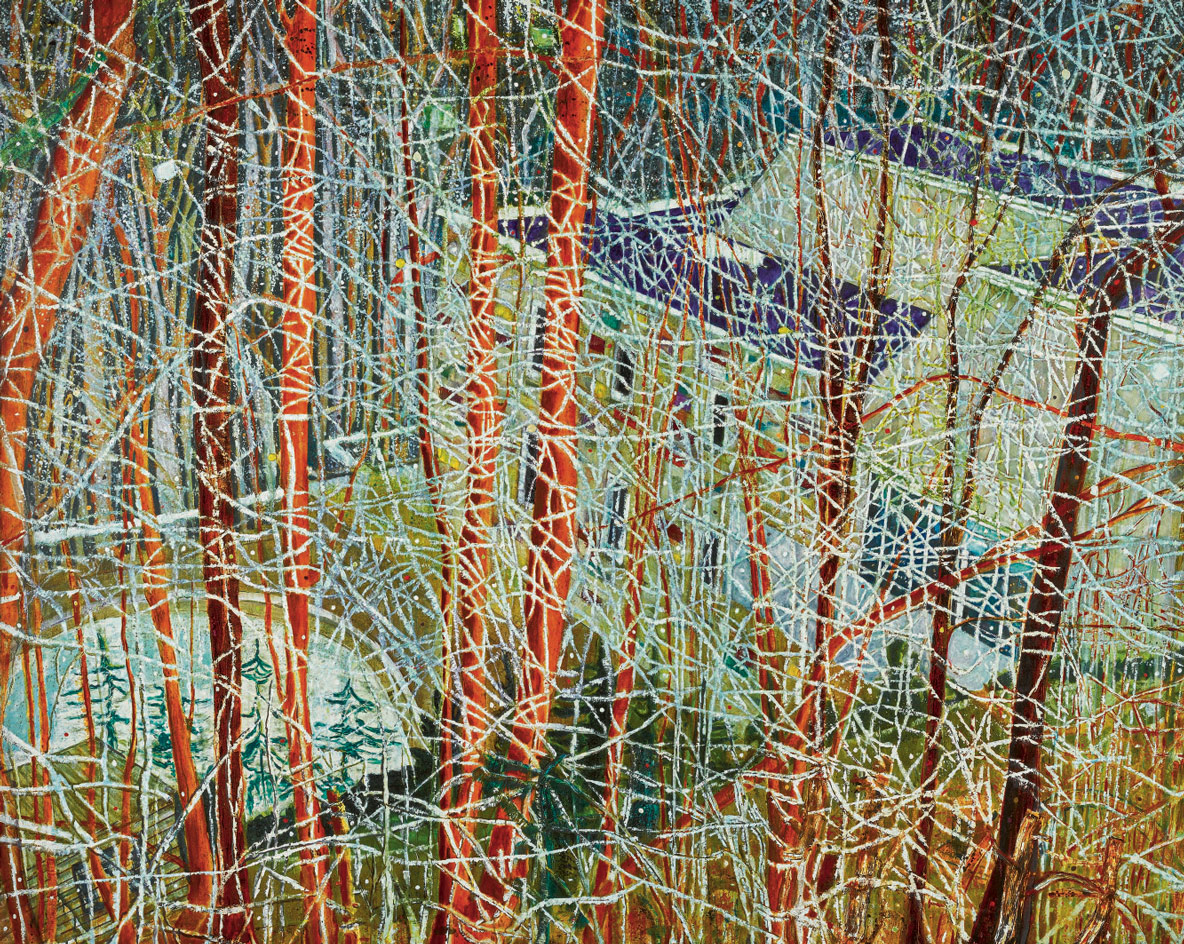
As a child, Peter Doig visited the home of Eberhard Zeidler, situated in the wealthy Toronto suburb of Rosedale. This house is the stated inspiration of his masterwork – The Architect’s Home in the Ravine (1991) – which is going under the gavel on 7 March at Sotheby’s in London.
However, it’s commonly thought that the dark undertones of the work come from somewhere else altogether. According to Sotheby’s, ‘The eerie mood and the composition can be better traced to a celebrated Le Corbusier building, the Unité d’Habitation in Briey-en-Fôret in northeast France.’
In the summer of 1991 the Scottish painter visited the Unité d’Habitation (one of five housing projects constructed by Le Corbusier in France between 1947-53) which had been derelict since 1973, as part of a team of artists and architects working on its restoration. He was struck by the view of the modernist building from the thick, surrounding forest.
Doig references its brightly coloured panels that bedeck the front of the house, only just visible through the thickets – something missing from Zeidler’s home, which is typified by its glass and sandstone façade.
Like Zeidler’s ‘architect’s home in the ravine’, which he made for his family, Unité d’Habitation was a home too – on a drastically larger scale. Widespread destruction from the Second World War triggered an urgent need for accommodation in France, and Le Corbusier was commissioned by the government to demonstrate a new art of building to transform housing. Unité d’Habitation redefined high-density living by reimagining a city inside an 18-storey brutalist block.
Doig would refer back to the building repeatedly (and in more explicit terms) in the celebrated Concrete Cabin paintings (1992-1996). This conflation of physical experience and emotive recollection is typical of Doig – he is an artist of oneiric atmosphere whose works are more accurately defined as meditations on the concept of memory itself as they are accurate depictions of what’s in front of them.
Just as Unité d’Habitation has had a varied history so too has Doig’s representation of it. It was one of four works the artist chose to be included in the subsequent show at the Whitechapel Gallery, (where Doig was also named an Art Icon last year). Others include Iron Hill (1991), which became the first work by the artist to sell for over £1 million at a Sotheby’s auction in 2006, and Rosedale (1991), which established a new $28.8 million auction record for any living British artist last year.
On the back of these successes – and thanks to the story behind the subject matter – interest in the work is expected to be overwhelming. It sold for $12 million in 2012, and is predicted to reach £14 – £18 million in next month’s auction, where it will headline Sotheby’s Contemporary Art Evening Auction.
INFORMATION
The Sotheby’s Contemporary Art Evening Auction takes place 7 March. For more information, visit the Sotheby’s website
Receive our daily digest of inspiration, escapism and design stories from around the world direct to your inbox.
Elly Parsons is the Digital Editor of Wallpaper*, where she oversees Wallpaper.com and its social platforms. She has been with the brand since 2015 in various roles, spending time as digital writer – specialising in art, technology and contemporary culture – and as deputy digital editor. She was shortlisted for a PPA Award in 2017, has written extensively for many publications, and has contributed to three books. She is a guest lecturer in digital journalism at Goldsmiths University, London, where she also holds a masters degree in creative writing. Now, her main areas of expertise include content strategy, audience engagement, and social media.
-
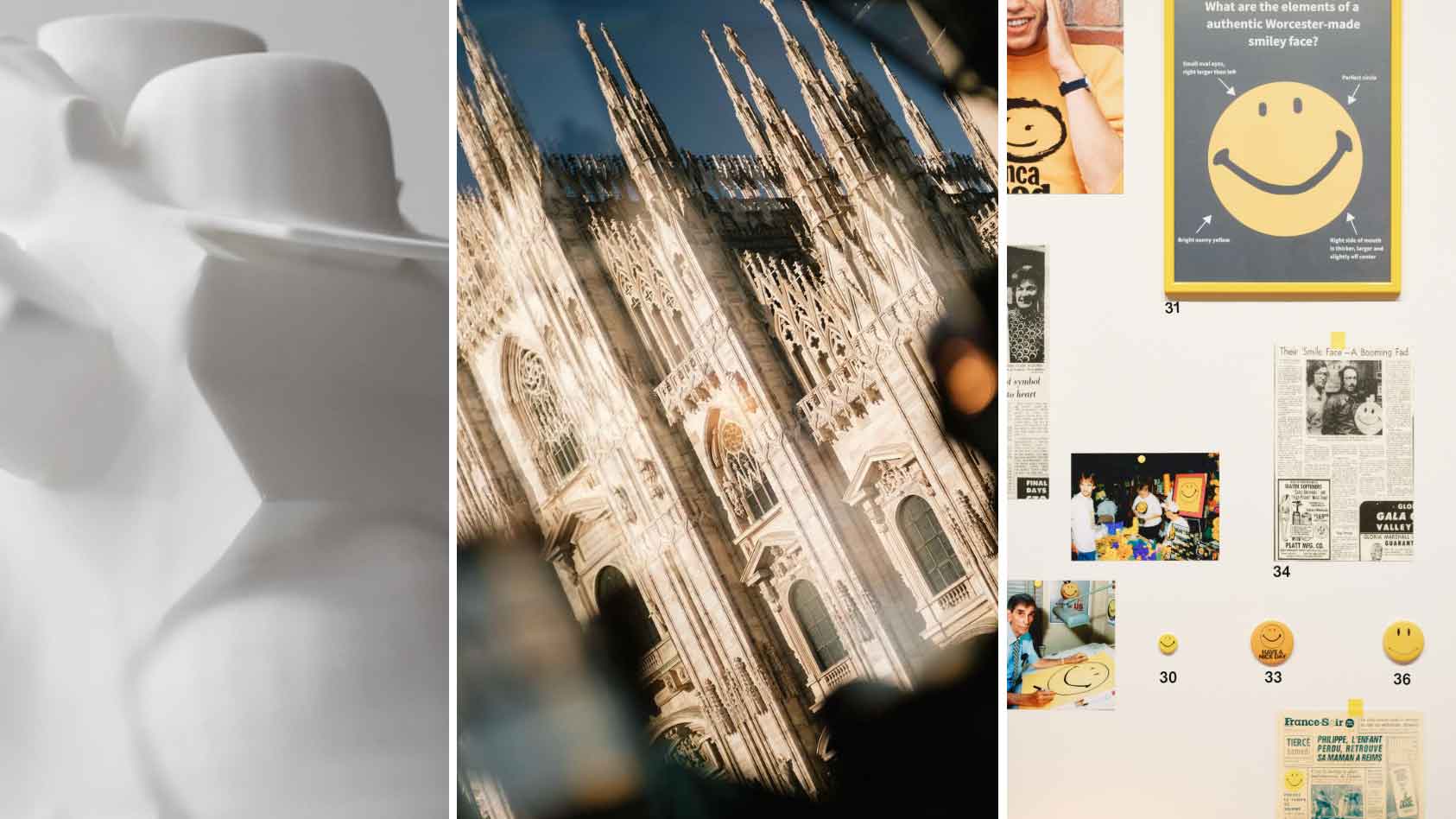 We asked six creative leaders to tell us their design predictions for the year ahead
We asked six creative leaders to tell us their design predictions for the year aheadWhat will be the trends shaping the design world in 2026? Six creative leaders share their creative predictions for next year, alongside some wise advice: be present, connect, embrace AI
-
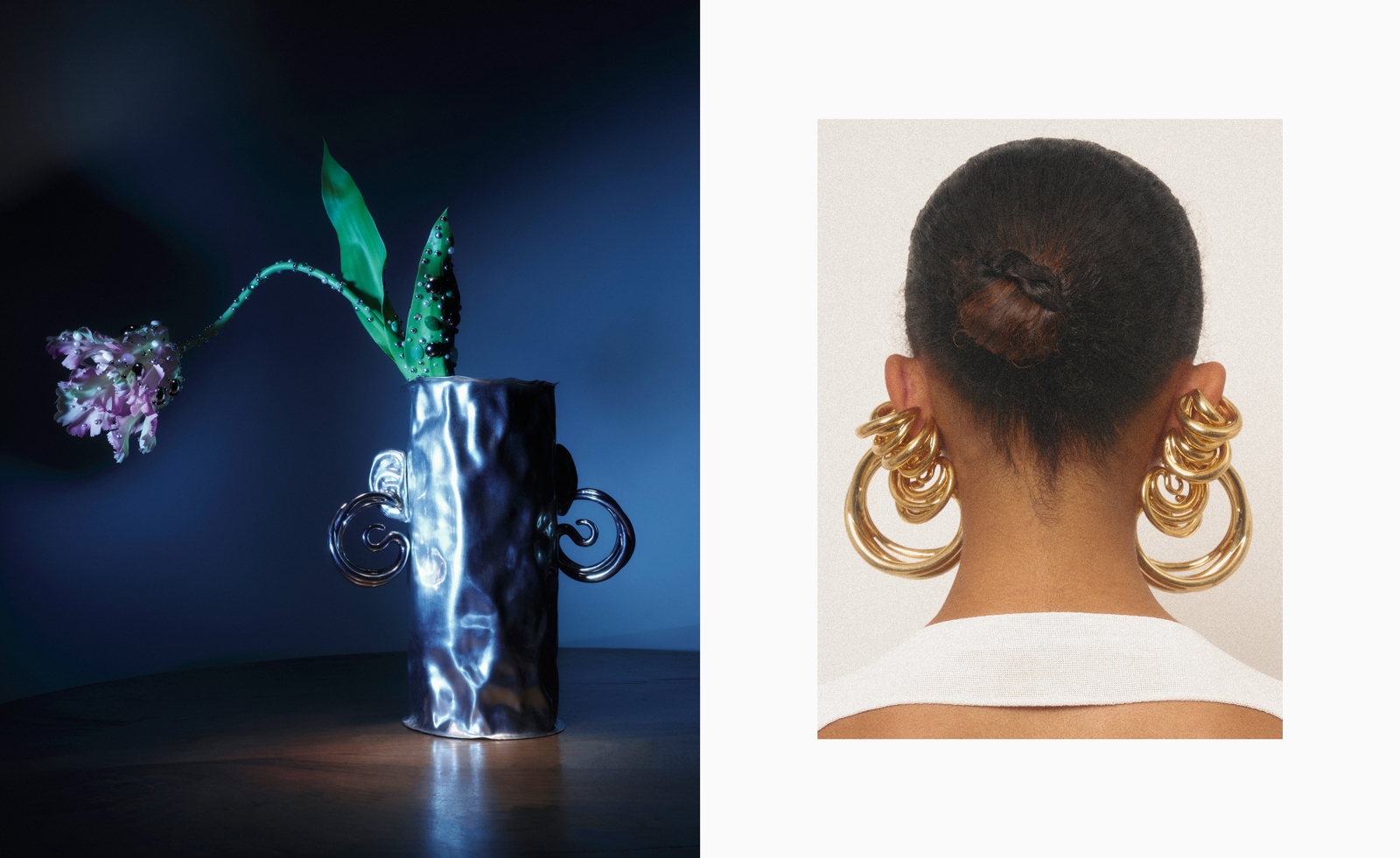 10 watch and jewellery moments that dazzled us in 2025
10 watch and jewellery moments that dazzled us in 2025From unexpected watch collaborations to eclectic materials and offbeat designs, here are the watch and jewellery moments we enjoyed this year
-
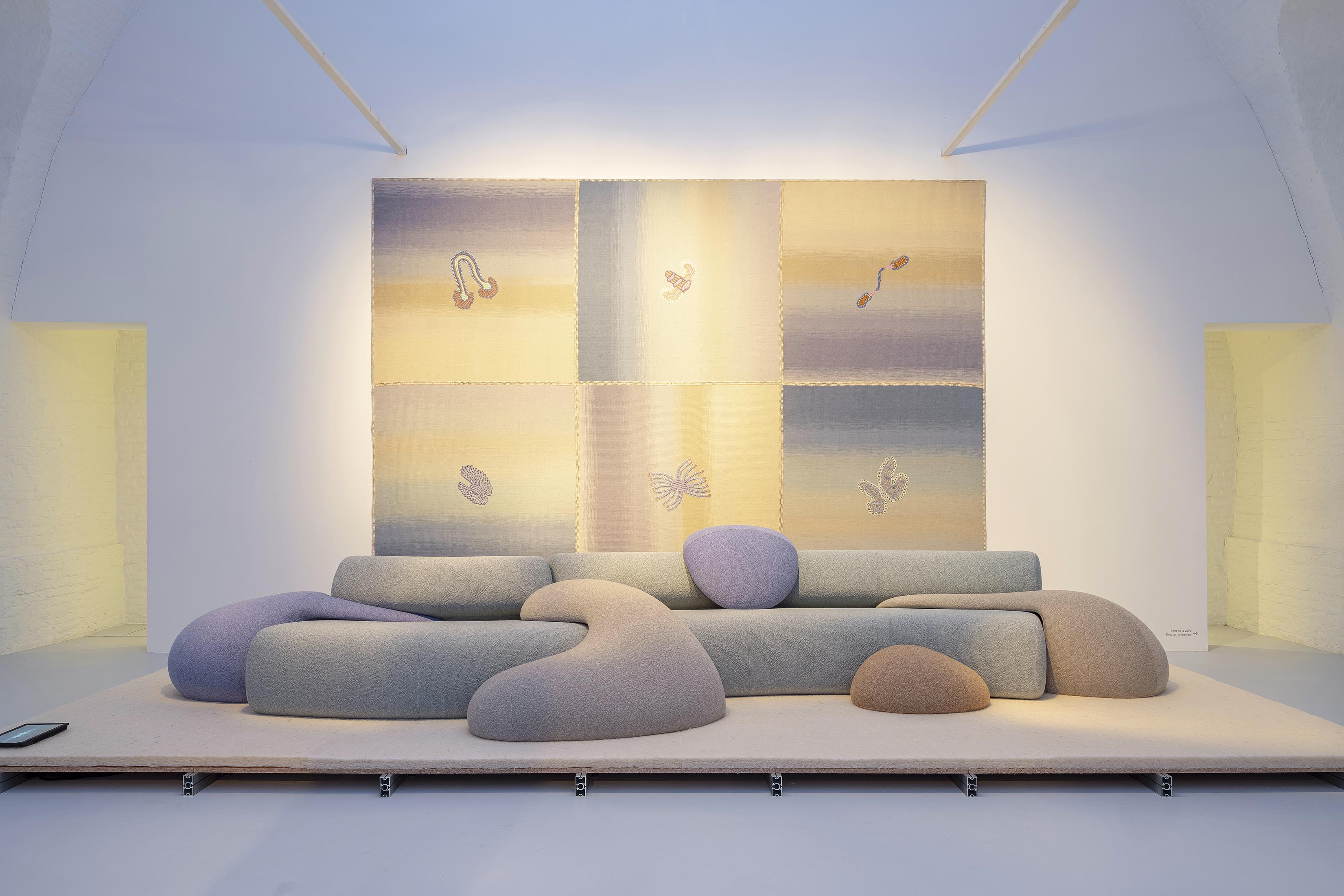 Patricia Urquiola reveals an imaginative inner world in ‘Meta-Morphosa’
Patricia Urquiola reveals an imaginative inner world in ‘Meta-Morphosa’From hybrid creatures and marine motifs to experimental materials and textiles, Meta-Morphosa presents a concentrated view of Patricia Urquiola’s recent work
-
 In addition to brutalist buildings, Alison Smithson designed some of the most creative Christmas cards we've seen
In addition to brutalist buildings, Alison Smithson designed some of the most creative Christmas cards we've seenThe architect’s collection of season’s greetings is on show at the Roca London Gallery, just in time for the holidays
-
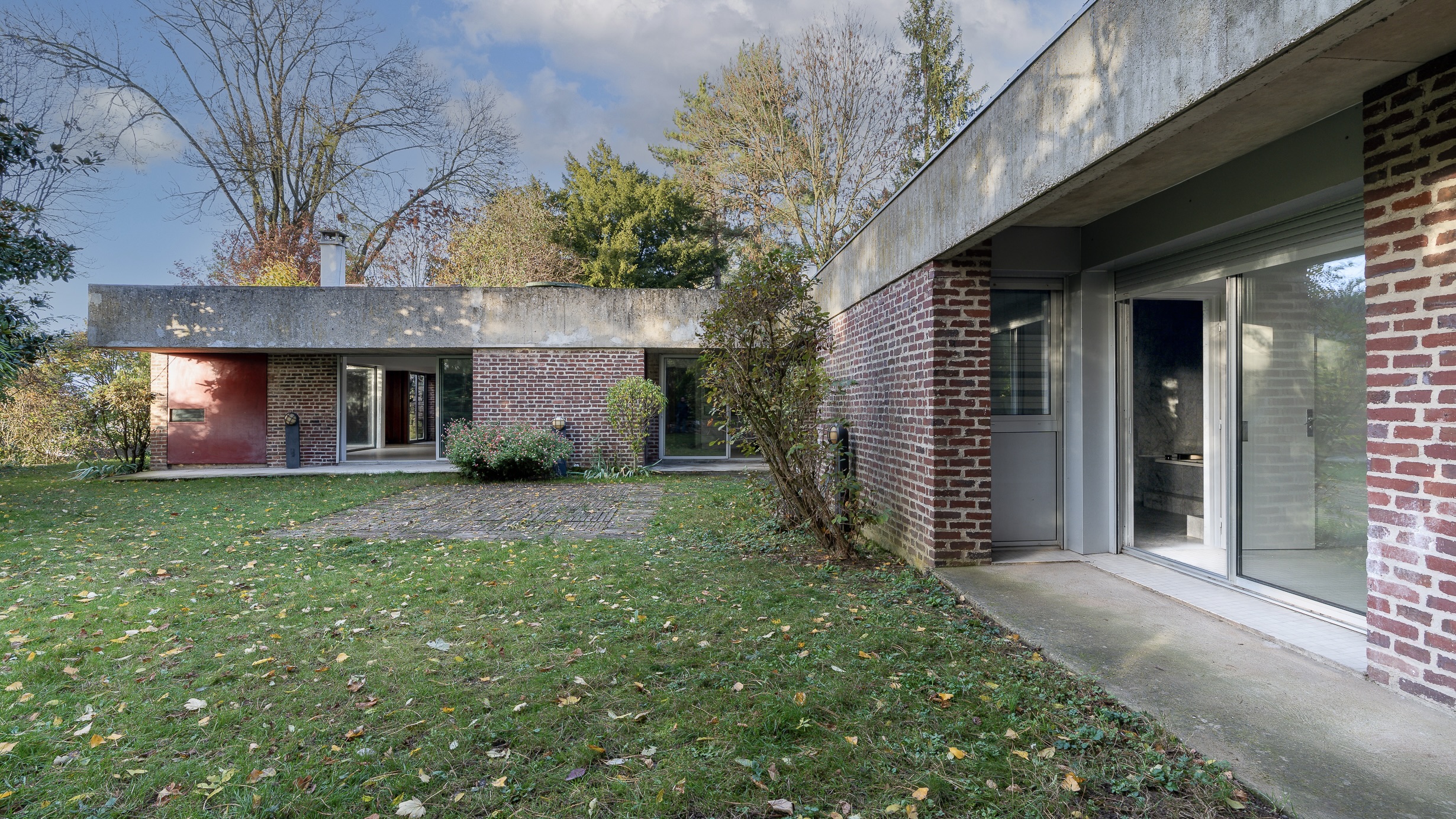 This modernist home, designed by a disciple of Le Corbusier, is on the market
This modernist home, designed by a disciple of Le Corbusier, is on the marketAndré Wogenscky was a long-time collaborator and chief assistant of Le Corbusier; he built this home, a case study for post-war modernism, in 1957
-
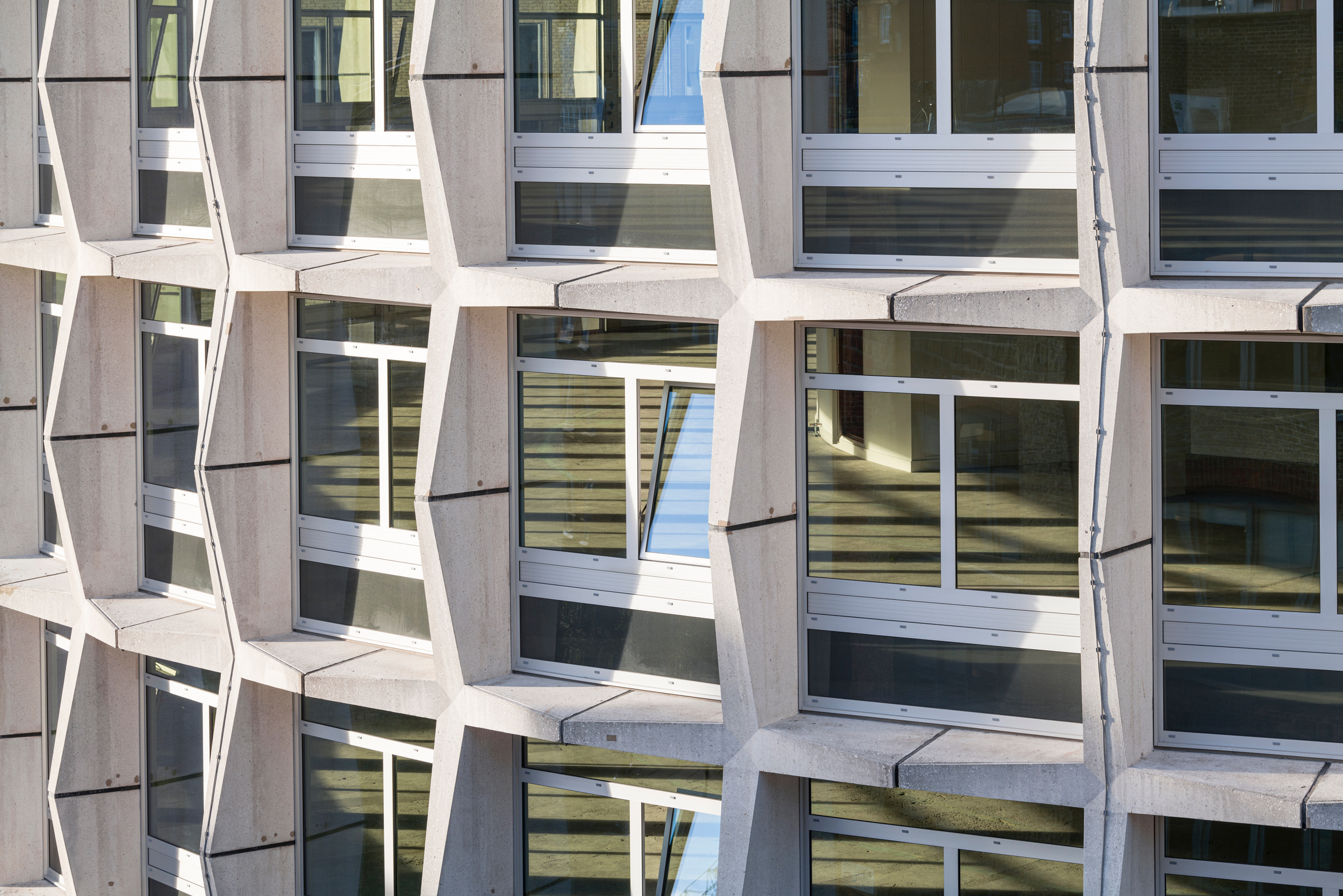 Richard Seifert's London: 'Urban, modern and bombastically brutalist'
Richard Seifert's London: 'Urban, modern and bombastically brutalist'London is full of Richard Seifert buildings, sprinkled with the 20th-century architect's magic and uncompromising style; here, we explore his prolific and, at times, controversial career
-
 The Architecture Edit: Wallpaper’s houses of the month
The Architecture Edit: Wallpaper’s houses of the monthFrom Malibu beach pads to cosy cabins blanketed in snow, Wallpaper* has featured some incredible homes this month. We profile our favourites below
-
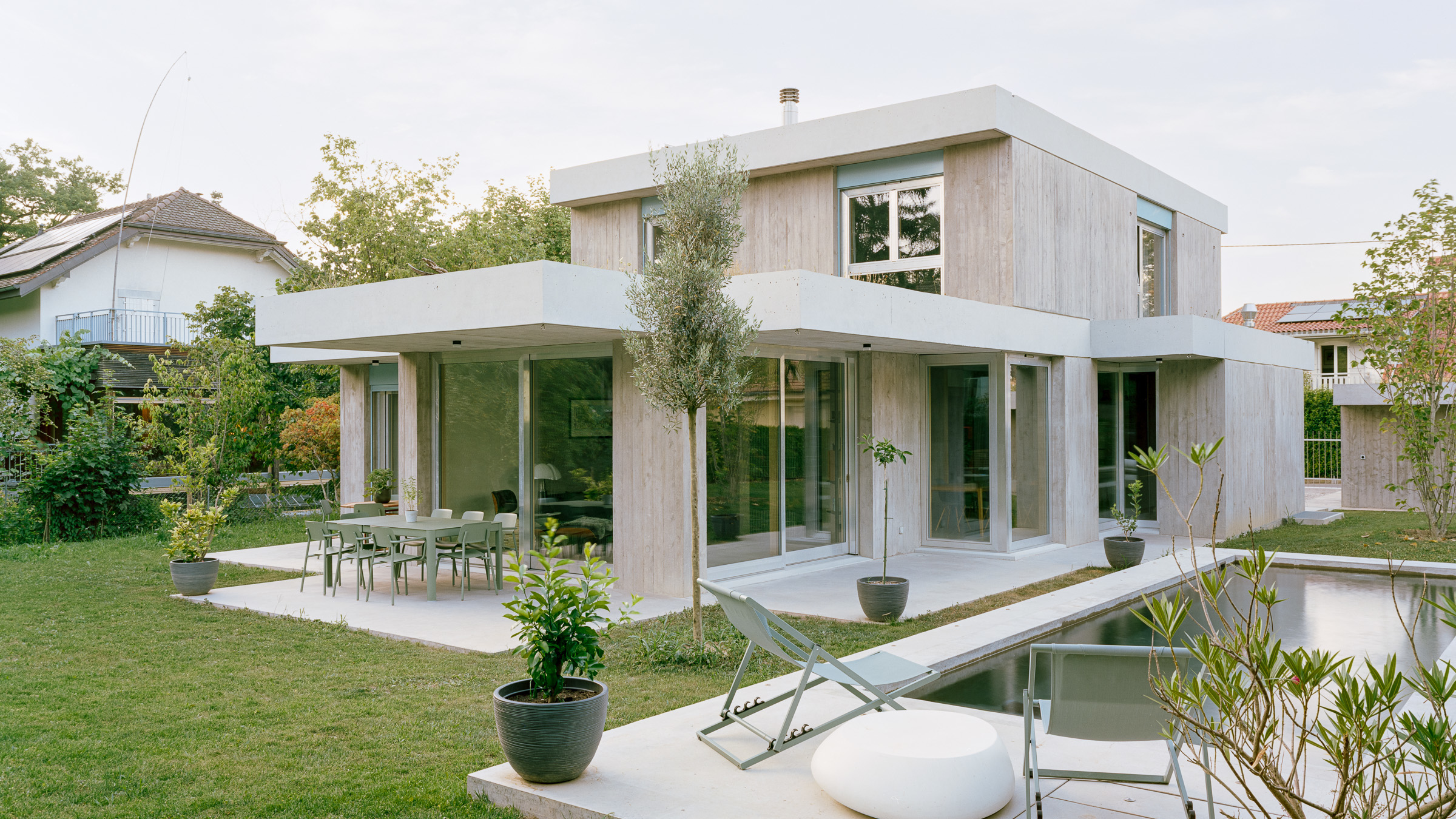 A neo-brutalist villa for an extended family elevates a Geneva suburb
A neo-brutalist villa for an extended family elevates a Geneva suburbLacroix Chessex Architectes pair cost-conscious concrete construction with rigorous details and spatial playfulness in this new villa near Geneva
-
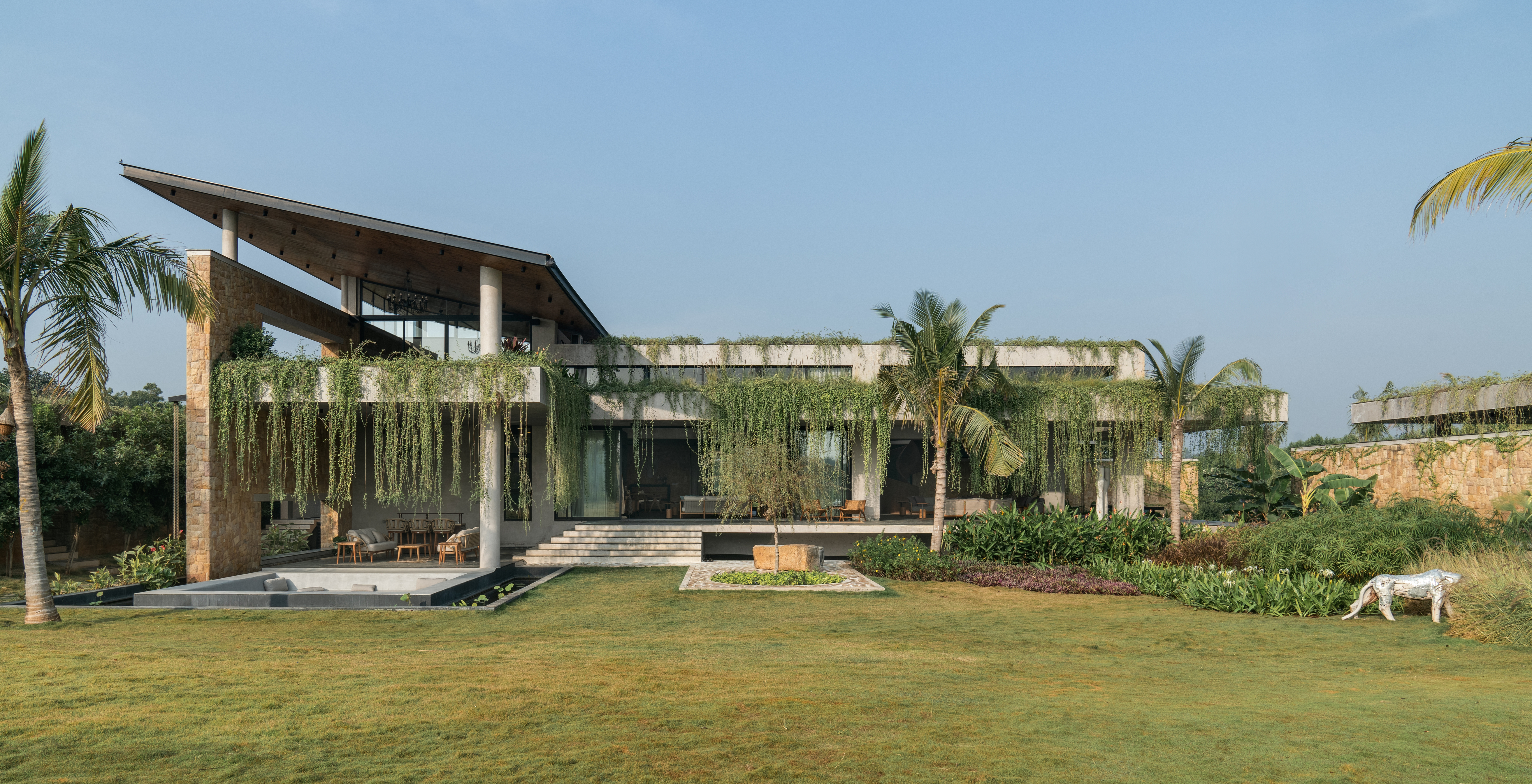 Cascading greenery softens the brutalist façade of this Hyderabad home
Cascading greenery softens the brutalist façade of this Hyderabad homeThe monolithic shell of this home evokes a familiar brutalist narrative, but designer 23 Degrees Design Shift softens the aesthetic by shrouding Antriya in lush planting
-
 Spice up the weekly shop at Mallorca’s brutalist supermarket
Spice up the weekly shop at Mallorca’s brutalist supermarketIn this brutalist supermarket, through the use of raw concrete, monolithic forms and modular elements, designer Minimal Studio hints at a critique of consumer culture
-
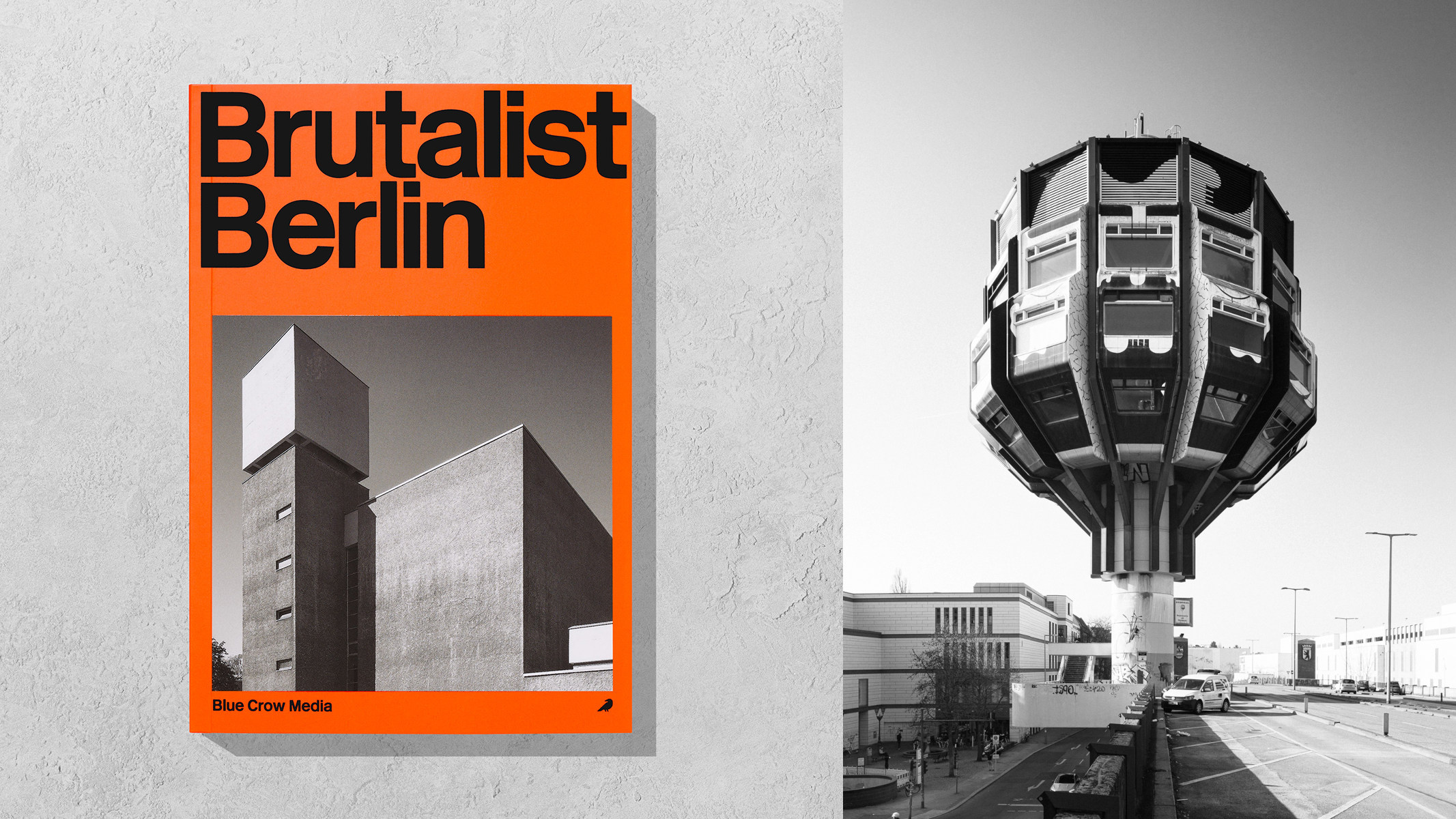 ‘Brutalist Berlin’ is an essential new guide for architectural tourists heading to the city
‘Brutalist Berlin’ is an essential new guide for architectural tourists heading to the cityBlue Crow Media’s ‘Brutalist Berlin’ unveils fifty of the German capital’s most significant concrete structures and places them in their historical context